BAE Systems is transitioning its advanced Compass Call EW systems to modern aircraft to significantly improve mission effectiveness say the company.
BAE Systems has begun work to transition its advanced Compass Call electronic warfare (EW) system from ageing EC-130H aircraft to a modern, more capable platform that will significantly improve mission effectiveness. This Cross Deck initiative, as it is commonly called, will enable the US Air Force to ‘continue disrupting enemy command and control capabilities in denied environments well into the future’.
As the mission system integrator for the program, BAE Systems is working with L3 Technologies to transition the Compass Call capabilities onto an EC-37B aircraft, a special-mission Gulfstream G550 that meets US Air Force requirements. This new platform will provide combatant commanders with improved stand-off jamming capability and flexibility to counter sophisticated communications and radar threats.
“The Compass Call mission electronics are world-class EW systems that are in high demand from operational commanders because of their electronic attack capabilities and their ability to protect critical missions,” said Pamela Potter, director of Electronic Attack Solutions at BAE Systems.
“The cross-decking program enables the Air Force to maintain existing, unmatched EW mission capabilities in an economical business jet that can fly faster, higher, and farther than its predecessor, improving mission effectiveness and survivability.”
In 2017, BAE Systems and its partners completed the initial design review of the Compass Call weapon system, and the final design review is planned for this fall. Initial modifications of the first G550 are underway, with the first two aircraft fielded in 2023. A total of 10 new aircraft are planned.


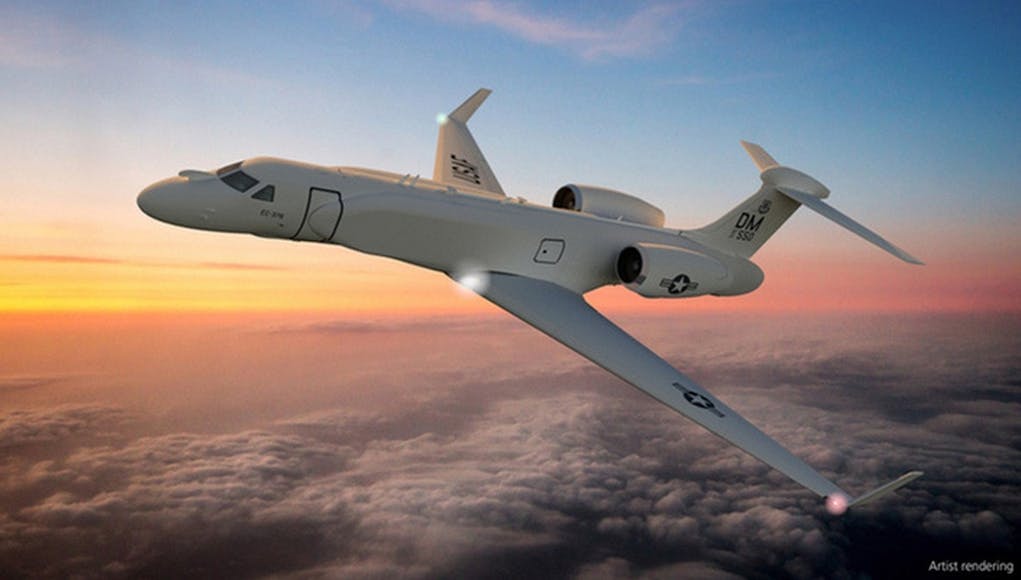
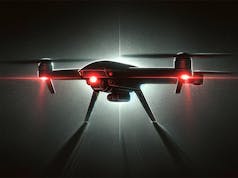


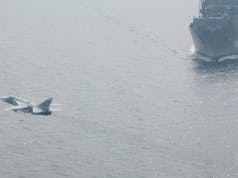
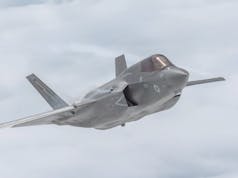



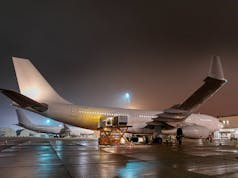


This may be a dumb question, in fact pretty sure it is. But after watching the RAF fly bye’s last week it is clear we have a lot of different ISTAR aircraft and was wondering why we have not attempted to integrate them more onto a single air frame and possibly same aircraft itself. For example would the Rivet Joint, Sentinel and a Future Wedge Tail all have been combined into a singe aircraft? I know there is talk of Poseidon replacing the Sentinel as the Radar on the Poseidon offers similar functionality over land but interested to see if it was possible to improve the multi role functionality further. Or would the radar, sensor suite be too heavy etc
They are different aircraft with different systems with different mission profiles. I do not think there would be much benefit from having a single aircraft for all the roles.
The electronic systems have different frequencies, energy, waveforms, lots of technical differences. To have a common aircraft would probably(possibly?) entail a very large aircraft.